Bad driving habits not only endanger lives but also contribute to the wear and tear of your vehicle. By breaking these habits, you can enhance road safety and prolong your car’s lifespan. Today, let’s explore some common bad driving practices and learn how to avoid them for a smoother, safer journey.
Speeding
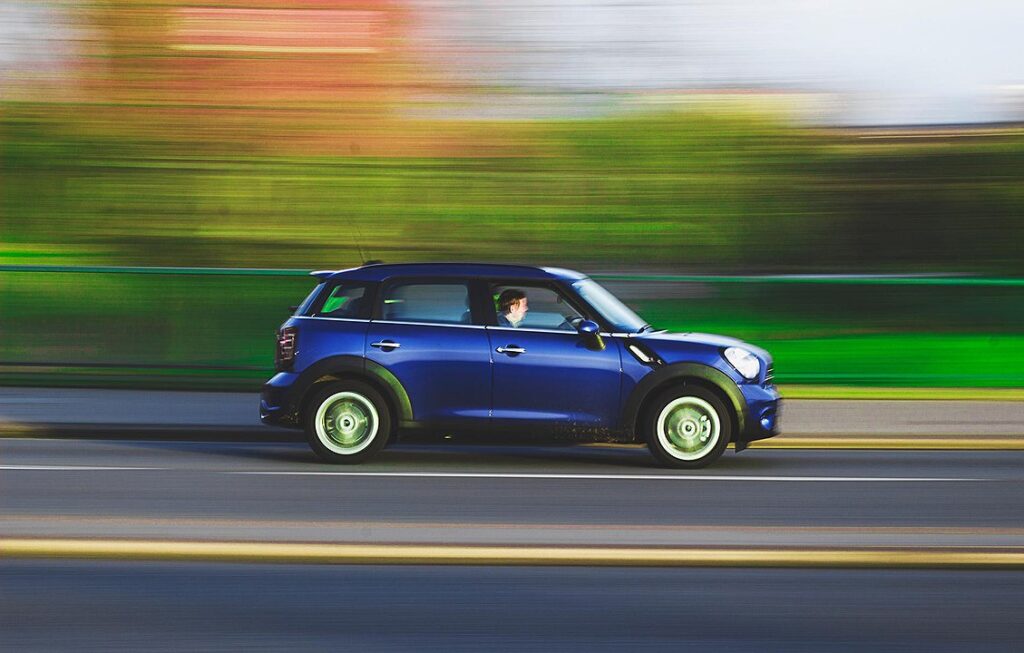
Speeding is a major cause of accidents and fatalities on the road. It reduces your reaction time and increases the severity of crashes. Obeying speed limits not only keeps you safe but also helps in saving fuel and reducing vehicle wear and tear. Speeding tickets can also lead to higher insurance premiums and fines, making it an expensive habit to maintain.
Tailgating
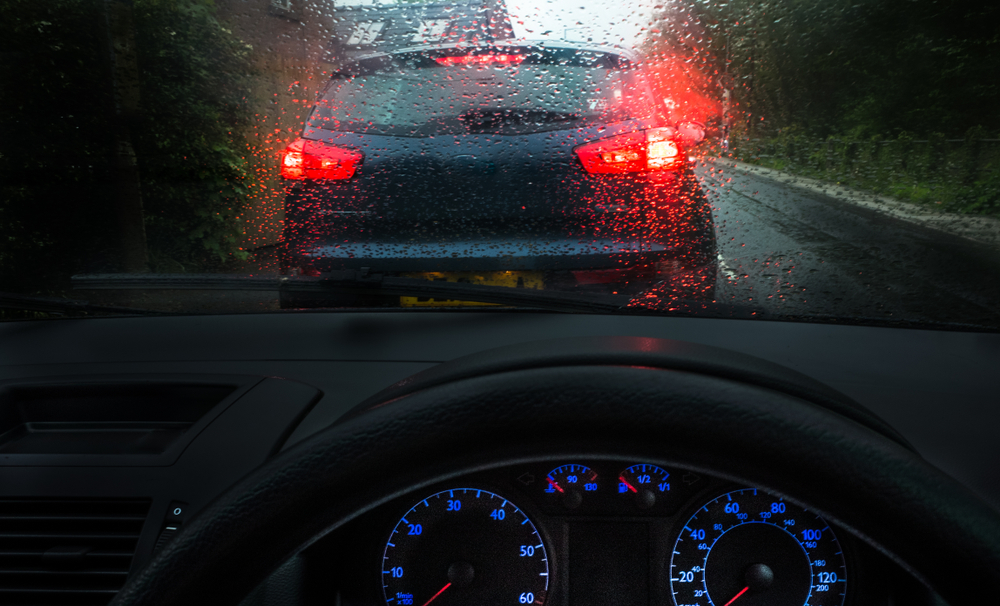
Tailgating, or following too closely behind another vehicle, is a dangerous practice that can lead to rear-end collisions. It gives you little time to react if the car in front of you suddenly stops. Maintaining a safe following distance allows for better reaction time and reduces the risk of accidents.
Distracted Driving
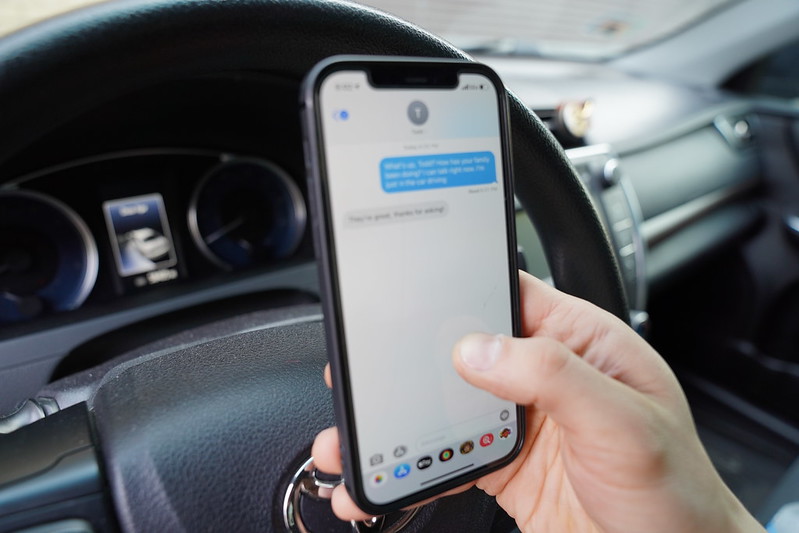
Using your phone, eating, or fiddling with the radio while driving takes your attention away from the road. Even a momentary lapse can result in severe accidents. Keeping your focus on driving and avoiding distractions ensures safer roads for everyone.
Running Red Lights
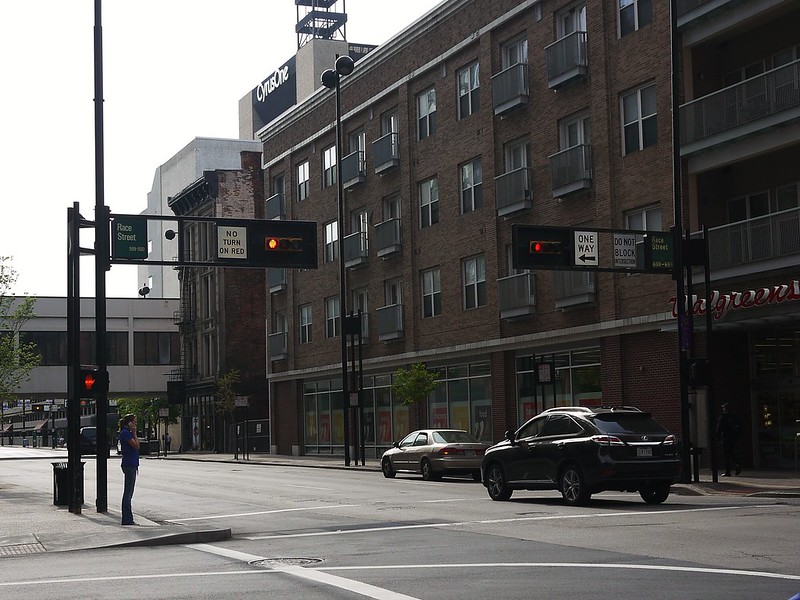
Running red lights is a reckless behavior that often leads to severe accidents at intersections. It endangers not only the driver but also pedestrians and other motorists. Always stop at red lights and proceed with caution when they turn green.
Not Using Turn Signals
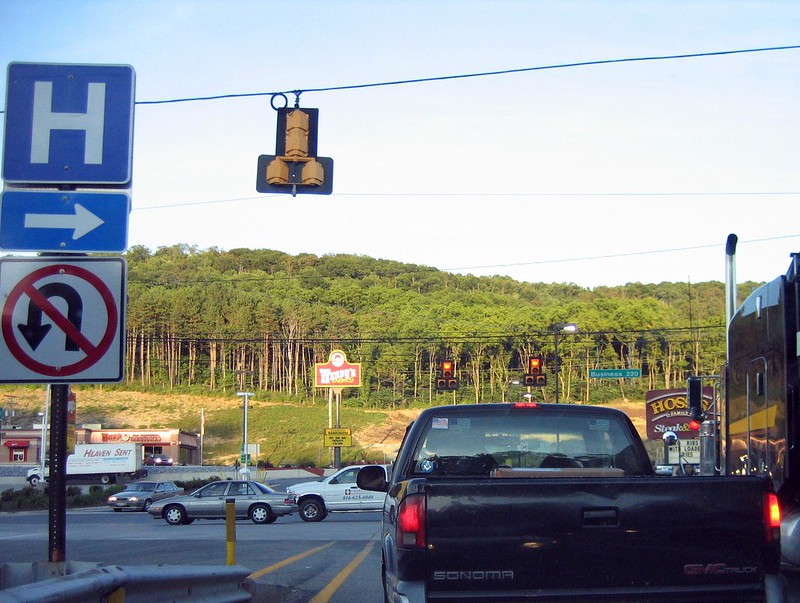
Failing to use turn signals when changing lanes or turning can confuse other drivers and lead to accidents. Turn signals are a crucial communication tool on the road, indicating your intentions to others and helping to prevent collisions.
Aggressive Driving
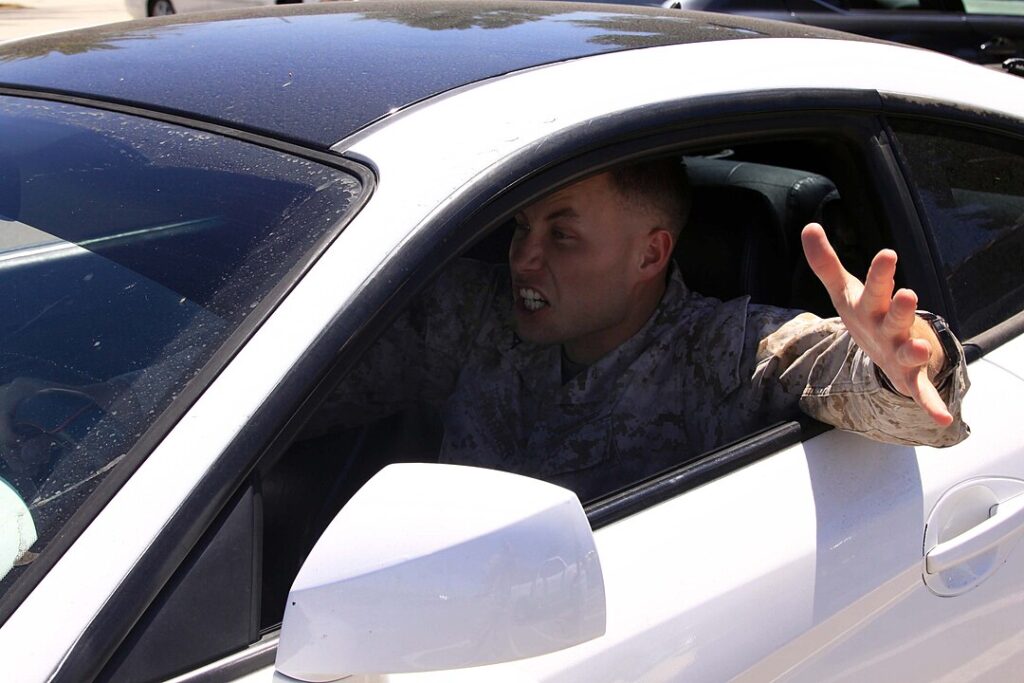
Aggressive driving includes behaviors like speeding, tailgating, and frequent lane changes. It increases the risk of accidents and road rage incidents. Staying calm and patient while driving can help you make better decisions and reduce the likelihood of collisions.
Not Wearing a Seatbelt
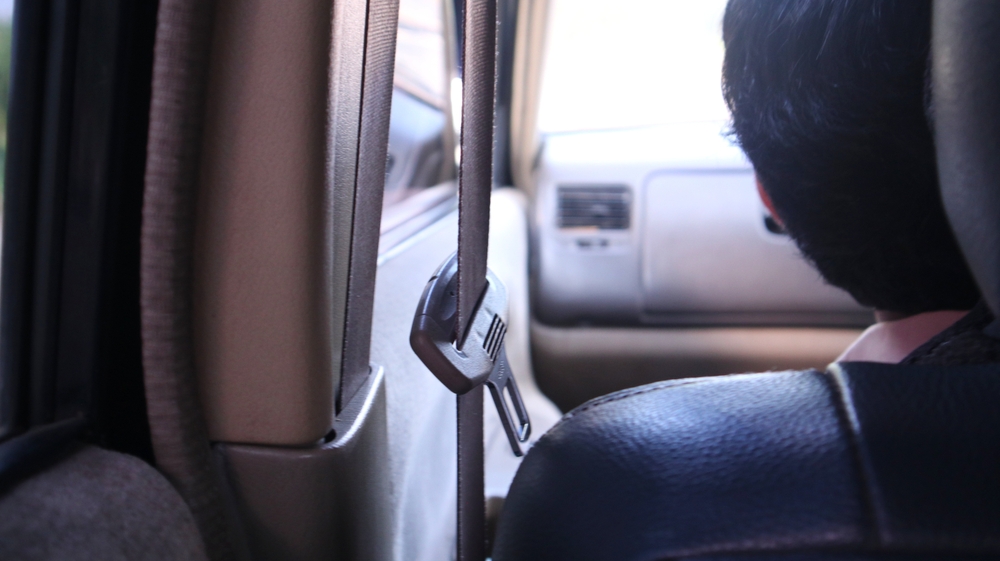
Seatbelts are one of the simplest and most effective safety features in a car. Not wearing a seatbelt increases the risk of severe injury or death in an accident. Always buckle up, no matter how short the trip.
Driving Under the Influence
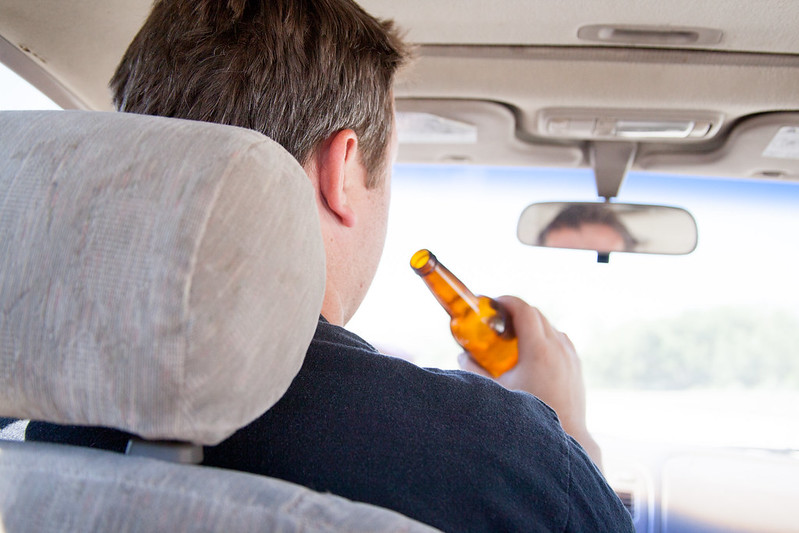
Driving under the influence of alcohol or drugs impairs your judgment, coordination, and reaction time. It significantly increases the risk of accidents and legal consequences. Always designate a sober driver or use alternative transportation if you’re impaired.
Drowsy Driving

Driving while tired can be just as dangerous as driving under the influence. Fatigue impairs your ability to focus and react quickly. If you’re feeling drowsy, pull over and rest or find an alternative way to reach your destination.
Improper Lane Changes
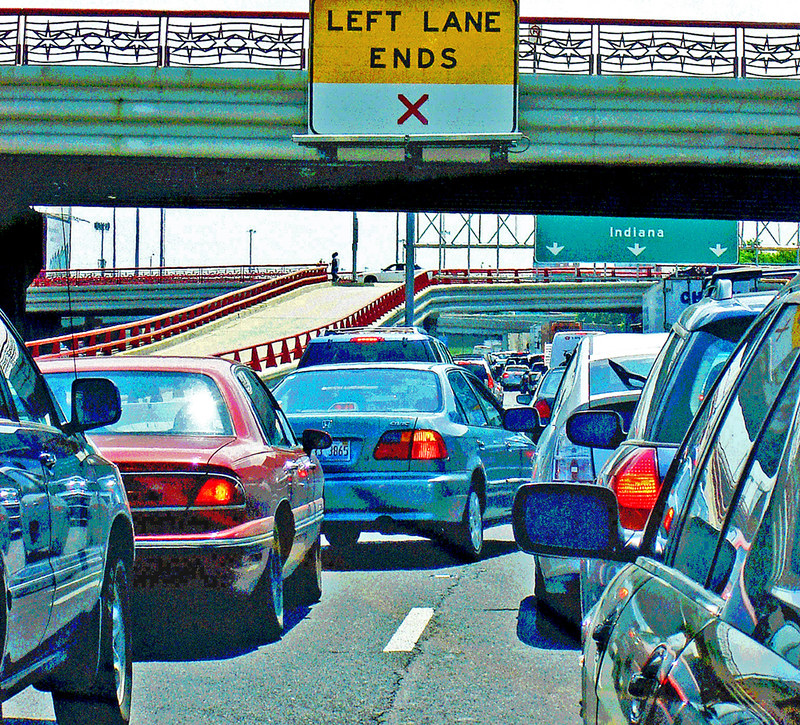
Making sudden or improper lane changes can cause accidents and disrupt the flow of traffic. Always check your mirrors and blind spots, use turn signals, and change lanes smoothly and safely.
Failing to Yield
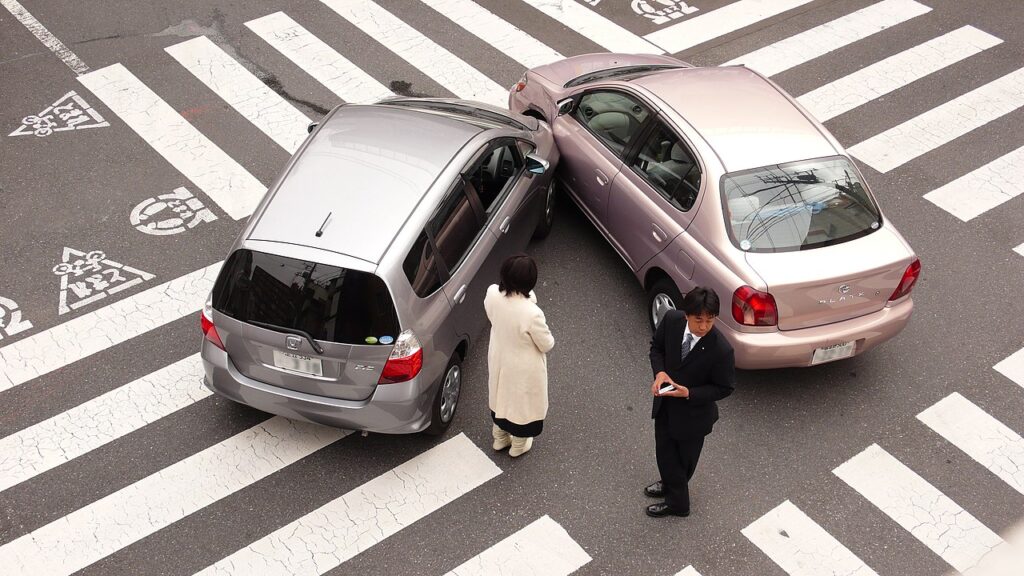
Not yielding the right of way at intersections or when merging can lead to dangerous situations and accidents. Understanding and following right-of-way rules ensures smoother and safer traffic flow.
Driving Without Headlights

Driving without headlights at night or in poor visibility conditions makes it harder for other drivers to see you. Always use your headlights when necessary to improve visibility and safety on the road.
Improper Use of High Beams

Using high beams inappropriately can blind other drivers and increase the risk of accidents. Use high beams only in low-visibility conditions and switch to low beams when other vehicles are approaching.
Ignoring Road Signs
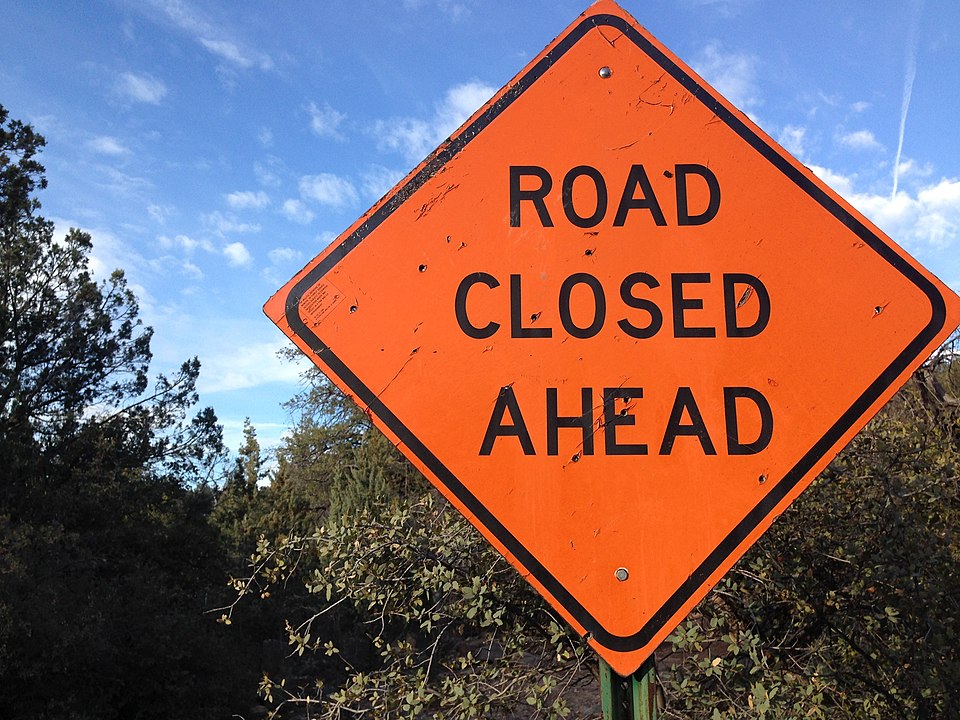
Ignoring road signs like stop signs, yield signs, and speed limit signs can lead to dangerous situations and accidents. Always pay attention to and follow road signs to ensure safe driving.
Driving in the Wrong Lane
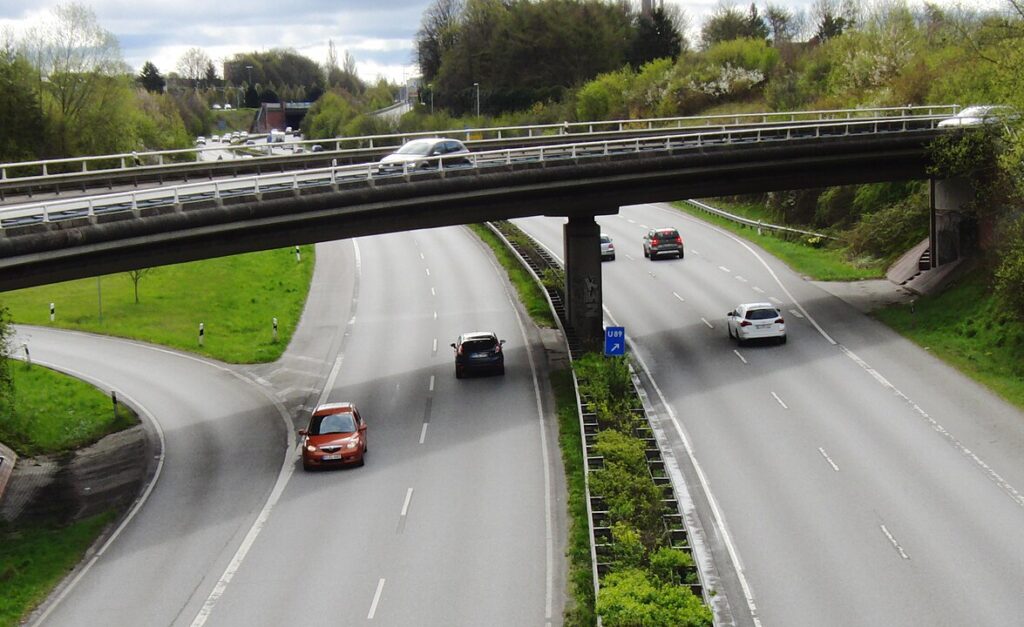
Driving in the wrong lane, especially on highways, can cause serious accidents. Stay in your designated lane and only change lanes when it’s safe and necessary.
Not Adjusting to Weather Conditions

Driving too fast or not using appropriate lights in bad weather conditions like rain, snow, or fog can lead to accidents. Adjust your speed and driving habits according to the weather to maintain control of your vehicle.
Overloading the Vehicle

Overloading your vehicle can affect its handling, braking, and overall performance. It also increases the risk of tire blowouts and mechanical failures. Always adhere to your vehicle’s load capacity for safe driving.
Not Maintaining a Safe Following Distance
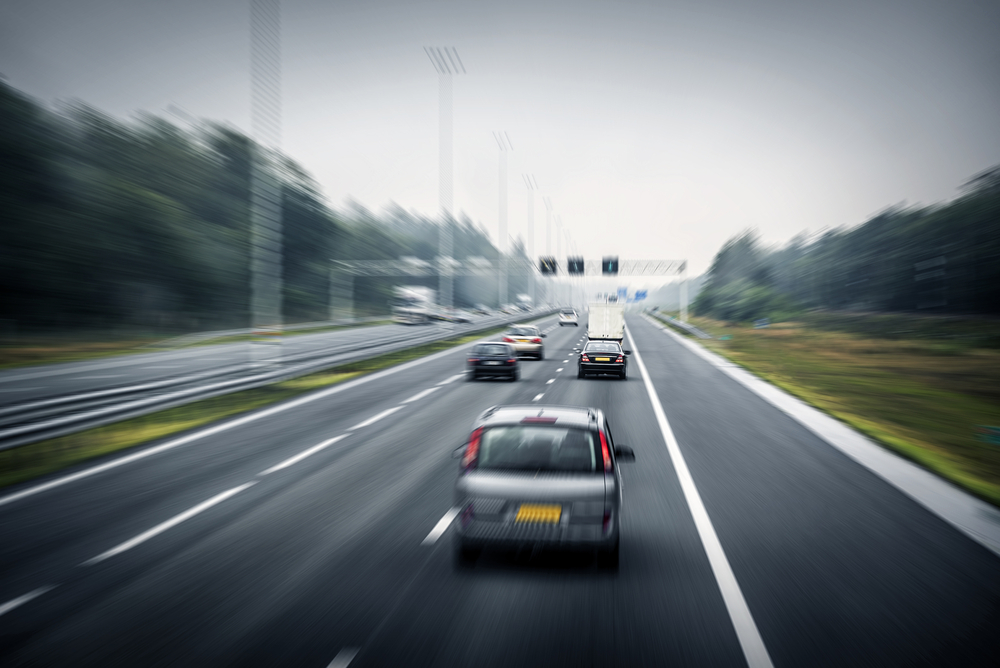
Keeping too close to the vehicle in front of you reduces your reaction time and increases the risk of rear-end collisions. Maintain a safe following distance, especially in heavy traffic or adverse weather conditions.
Ignoring Vehicle Maintenance
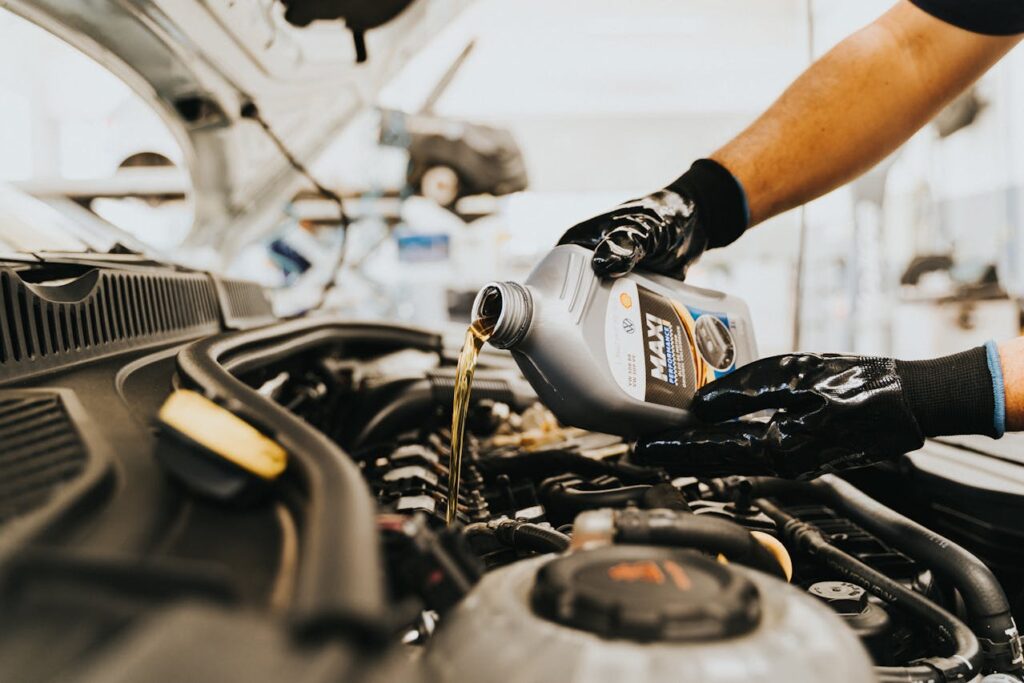
Neglecting regular vehicle maintenance like oil changes, tire rotations, and brake inspections can lead to mechanical failures and accidents. Keeping your vehicle in good condition ensures it operates safely and efficiently.
Driving With Headphones On
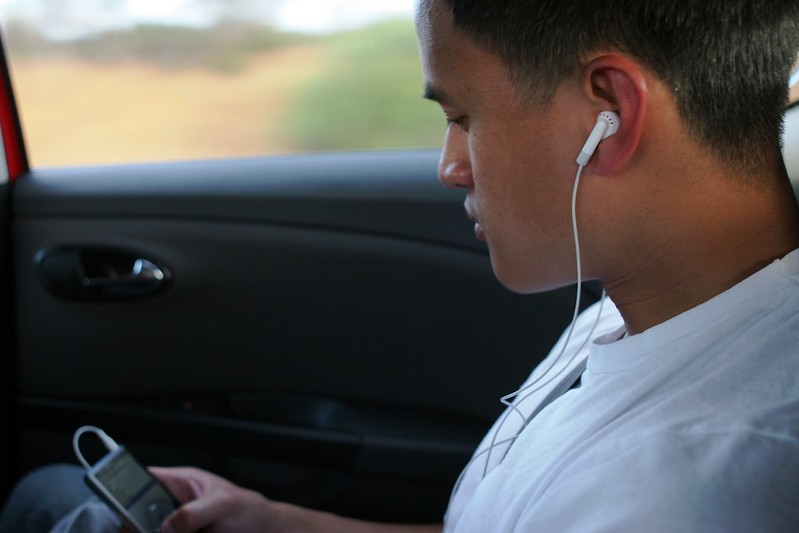
Wearing headphones while driving reduces your ability to hear important sounds like sirens, horns, and traffic noise. It can also be distracting. Avoid using headphones and keep your attention on the road and your surroundings.
This article originally appeared on UnifyCosmos.
More from UnifyCosmos
23 Warning Signs You’re Living Beyond Your Means

In this article, we’ll explore common indicators that you may be overspending and provide tips on how to get back on track. Read more!
23 Healthy Boundaries to Set for Better Mental Well-Being

Establishing clear limits can improve relationships and reduce stress. In this article, we explore practical boundaries that can enhance your mental health and overall happiness. Read more!
20 Money Mistakes Not to Make in Your First Year of Retirement

In this article, we highlight key pitfalls to steer clear of, helping you make the most of your hard-earned savings and enjoy a stress-free retirement. Read more!
Leave a Reply